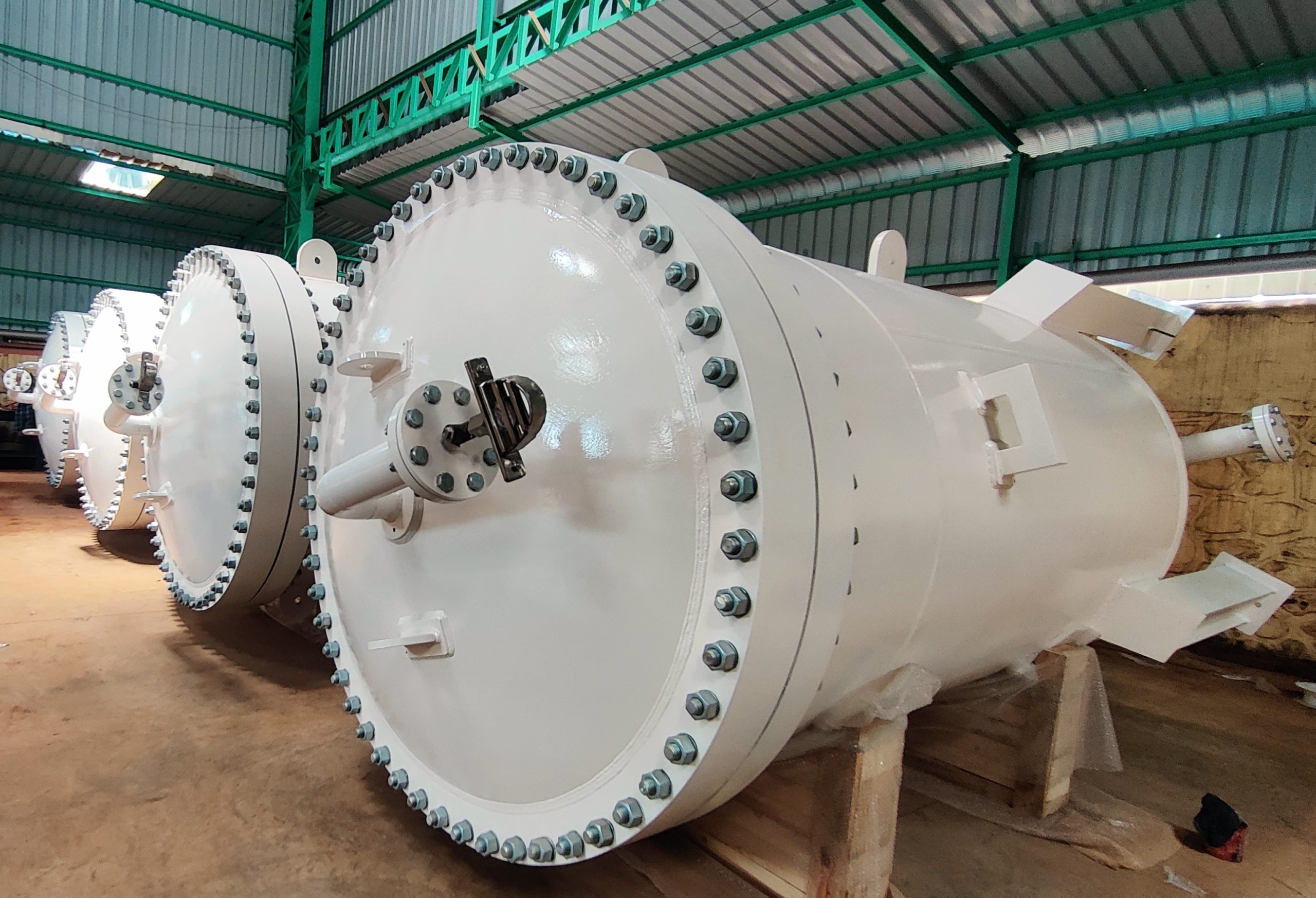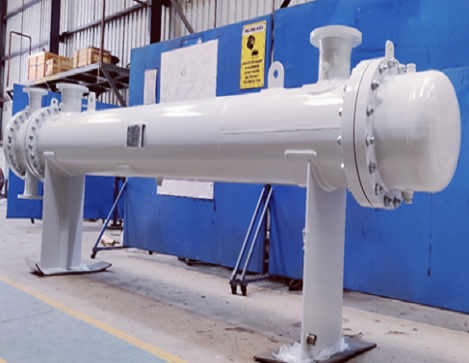Compressed Bio Gas (CBG): Driving Towards a Renewable Energy Future
As the world continues to grapple with rising energy demands and the urgent need to cut down carbon emissions, renewable energy solutions are taking center stage. Among these, Compressed Bio Gas (CBG) has emerged as one of the most promising and sustainable alternatives to conventional fossil fuels. With its ability to reduce dependence on imported fuels, lower greenhouse gas emissions, and support rural economies, CBG is paving the way for a cleaner and greener energy future.
What is Compressed Bio Gas (CBG)?
CBG is produced through the anaerobic digestion of agricultural residue, cattle dung, sugarcane press mud, municipal solid waste, and other organic matter. The gas generated is purified and compressed to the desired pressure, making it suitable for use in vehicles and as an alternative to CNG (Compressed Natural Gas).
Key Advantages of CBG
Eco-Friendly Fuel: CBG helps in reducing CO₂ emissions significantly, contributing to a cleaner environment.
Import Substitution: By replacing fossil-based fuels, CBG reduces dependency on imported petroleum products.
Waste to Wealth: Agricultural and organic waste is utilized effectively, minimizing landfill issues and open burning.
Economic Opportunities: CBG plants generate employment and additional income streams, particularly in rural areas.
Versatility: CBG can be used for power generation, cooking, and transportation, making it a multi-purpose energy source.
Government Push for CBG
The Indian government has launched several initiatives such as the Sustainable Alternative Towards Affordable Transportation (SATAT) scheme, which aims to set up thousands of CBG plants across the country. These policies not only encourage investment but also ensure assured markets for CBG producers.
CBG and the Road Ahead
With rising global concern over climate change, the shift towards renewable energy is inevitable. CBG, with its scalability and sustainability, is well-positioned to complement other renewable energy sources like solar and wind. As adoption increases, CBG will play a significant role in India’s energy security and environmental sustainability goals.
Conclusion
Compressed Bio Gas (CBG) is more than just an alternative fuel—it is a powerful step toward a sustainable, energy-secure, and environmentally friendly future. By transforming organic waste into a valuable energy source, CBG holds the potential to reshape the way we think about energy.
GasProcessing is committed to driving innovation in renewable energy with advanced Compressed Bio Gas (CBG) solutions. With expertise in sustainable energy systems, GasProcessing helps industries and communities adopt cleaner, greener, and more efficient energy alternatives for a brighter tomorrow.
Visit us https://gasprocessing.in/biogas/
Compressed Bio Gas (CBG)
As the world continues to grapple with rising energy demands and the urgent need to cut down carbon emissions, renewable energy solutions are taking center stage. Among these, Compressed Bio Gas (CBG) has emerged as one of the most promising and sustainable alternatives to conventional fossil fuels. With its ability to reduce dependence on imported fuels, lower greenhouse gas emissions, and support rural economies, CBG is paving the way for a cleaner and greener energy future.
What is Compressed Bio Gas (CBG)?
CBG is produced through the anaerobic digestion of agricultural residue, cattle dung, sugarcane press mud, municipal solid waste, and other organic matter. The gas generated is purified and compressed to the desired pressure, making it suitable for use in vehicles and as an alternative to CNG (Compressed Natural Gas).
Key Advantages of CBG
Eco-Friendly Fuel: CBG helps in reducing CO₂ emissions significantly, contributing to a cleaner environment.
Import Substitution: By replacing fossil-based fuels, CBG reduces dependency on imported petroleum products.
Waste to Wealth: Agricultural and organic waste is utilized effectively, minimizing landfill issues and open burning.
Economic Opportunities: CBG plants generate employment and additional income streams, particularly in rural areas.
Versatility: CBG can be used for power generation, cooking, and transportation, making it a multi-purpose energy source.
Government Push for CBG
The Indian government has launched several initiatives such as the Sustainable Alternative Towards Affordable Transportation (SATAT) scheme, which aims to set up thousands of CBG plants across the country. These policies not only encourage investment but also ensure assured markets for CBG producers.
CBG and the Road Ahead
With rising global concern over climate change, the shift towards renewable energy is inevitable. CBG, with its scalability and sustainability, is well-positioned to complement other renewable energy sources like solar and wind. As adoption increases, CBG will play a significant role in India’s energy security and environmental sustainability goals.
Conclusion
Compressed Bio Gas (CBG) is more than just an alternative fuel—it is a powerful step toward a sustainable, energy-secure, and environmentally friendly future. By transforming organic waste into a valuable energy source, CBG holds the potential to reshape the way we think about energy.
GasProcessing is committed to driving innovation in renewable energy with advanced Compressed Bio Gas (CBG) solutions. With expertise in sustainable energy systems, GasProcessing helps industries and communities adopt cleaner, greener, and more efficient energy alternatives for a brighter tomorrow.
Visit us https://gasprocessing.in/biogas/
Compressed Bio Gas (CBG)
Compressed Bio Gas (CBG): Driving Towards a Renewable Energy Future
As the world continues to grapple with rising energy demands and the urgent need to cut down carbon emissions, renewable energy solutions are taking center stage. Among these, Compressed Bio Gas (CBG) has emerged as one of the most promising and sustainable alternatives to conventional fossil fuels. With its ability to reduce dependence on imported fuels, lower greenhouse gas emissions, and support rural economies, CBG is paving the way for a cleaner and greener energy future.
What is Compressed Bio Gas (CBG)?
CBG is produced through the anaerobic digestion of agricultural residue, cattle dung, sugarcane press mud, municipal solid waste, and other organic matter. The gas generated is purified and compressed to the desired pressure, making it suitable for use in vehicles and as an alternative to CNG (Compressed Natural Gas).
Key Advantages of CBG
Eco-Friendly Fuel: CBG helps in reducing CO₂ emissions significantly, contributing to a cleaner environment.
Import Substitution: By replacing fossil-based fuels, CBG reduces dependency on imported petroleum products.
Waste to Wealth: Agricultural and organic waste is utilized effectively, minimizing landfill issues and open burning.
Economic Opportunities: CBG plants generate employment and additional income streams, particularly in rural areas.
Versatility: CBG can be used for power generation, cooking, and transportation, making it a multi-purpose energy source.
Government Push for CBG
The Indian government has launched several initiatives such as the Sustainable Alternative Towards Affordable Transportation (SATAT) scheme, which aims to set up thousands of CBG plants across the country. These policies not only encourage investment but also ensure assured markets for CBG producers.
CBG and the Road Ahead
With rising global concern over climate change, the shift towards renewable energy is inevitable. CBG, with its scalability and sustainability, is well-positioned to complement other renewable energy sources like solar and wind. As adoption increases, CBG will play a significant role in India’s energy security and environmental sustainability goals.
Conclusion
Compressed Bio Gas (CBG) is more than just an alternative fuel—it is a powerful step toward a sustainable, energy-secure, and environmentally friendly future. By transforming organic waste into a valuable energy source, CBG holds the potential to reshape the way we think about energy.
GasProcessing is committed to driving innovation in renewable energy with advanced Compressed Bio Gas (CBG) solutions. With expertise in sustainable energy systems, GasProcessing helps industries and communities adopt cleaner, greener, and more efficient energy alternatives for a brighter tomorrow.
Visit us https://gasprocessing.in/biogas/
Compressed Bio Gas (CBG)
0 Yorumlar
·0 hisse senetleri
·260 Views
·0 önizleme









